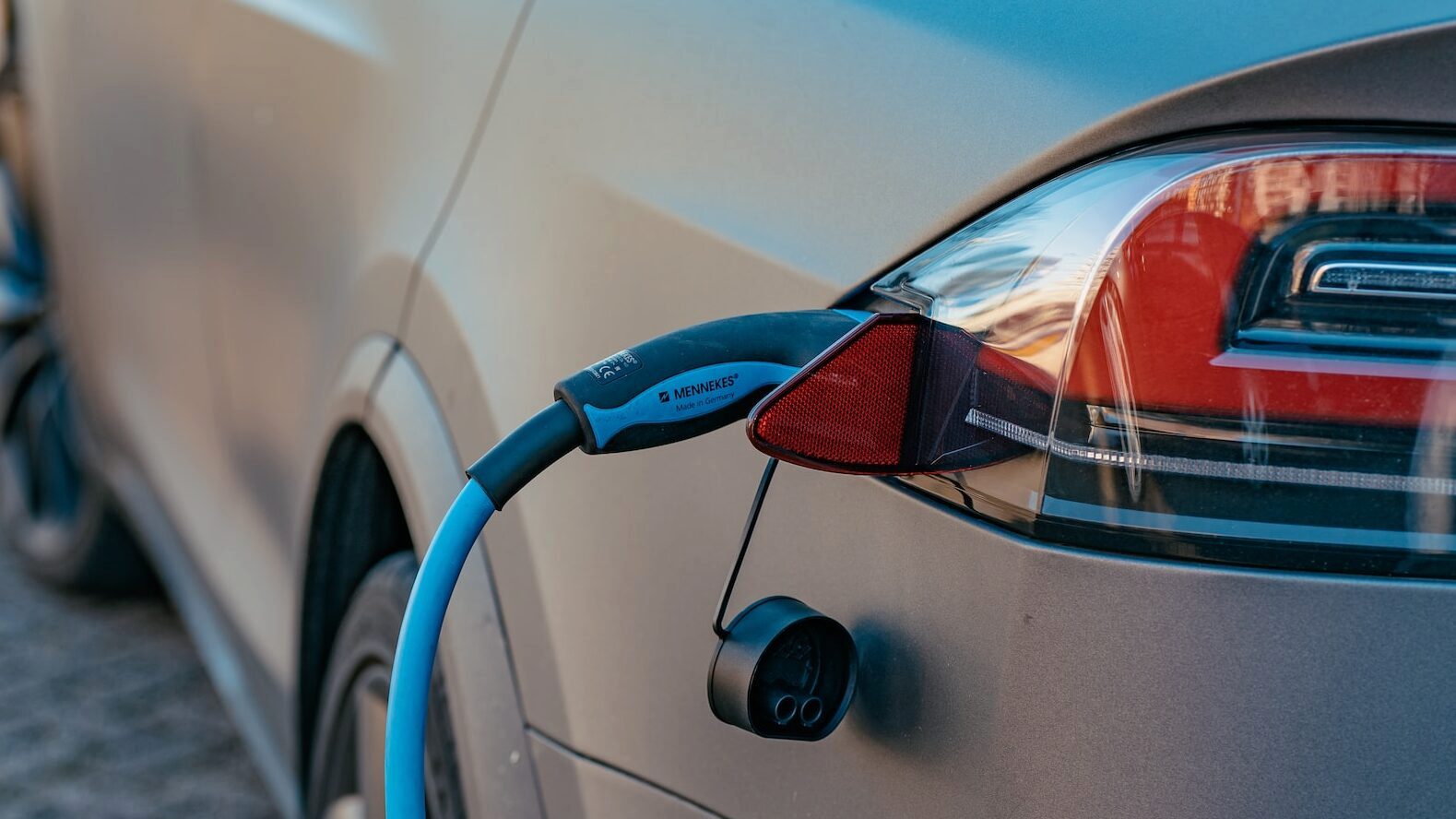Renewed Opposition To EV Mandates From Car Dealerships

Table of Contents
Financial Concerns Driving Dealer Opposition to EV Mandates
One of the most pressing concerns for car dealerships is the substantial financial burden associated with adapting to a predominantly electric vehicle market. The transition requires significant upfront investment, potentially pushing many dealerships to the brink.
- Cost of specialized EV training for mechanics: Electric vehicles have unique components and repair requirements, demanding specialized training for dealership mechanics. This represents a substantial cost that many dealerships are struggling to absorb.
- Investment in new charging infrastructure: Installing and maintaining the necessary charging infrastructure, including both fast-charging stations and Level 2 chargers, requires a considerable financial outlay. This is particularly challenging for smaller dealerships with limited capital.
- Inventory challenges: balancing EV and ICE vehicle stock: Dealerships face the complex task of managing inventory, balancing the demand for electric vehicles with that for internal combustion engine (ICE) vehicles. Misjudging the market could lead to significant losses.
- Lower profit margins on EV sales compared to gasoline vehicles (in some cases): While the long-term profitability of EVs is debated, many dealerships currently report lower profit margins on EV sales compared to their gasoline counterparts, making the transition financially precarious.
Government support programs aimed at assisting dealerships with the transition to EVs are, in many regions, insufficient to offset these substantial costs. A more robust and comprehensive support system is crucial to ensure a smooth and equitable transition.
Consumer Demand and the Reality of EV Adoption
While governments are pushing for rapid EV adoption, the reality on the ground is a significant gap between ambitious targets and actual consumer demand. Several factors contribute to this disparity:
- High purchase prices of EVs compared to gasoline vehicles: The initial cost of purchasing an electric vehicle remains significantly higher than that of comparable gasoline-powered vehicles for many consumers.
- Range anxiety and charging infrastructure limitations: Concerns about limited driving range and the availability of charging stations remain significant barriers to EV adoption. Range anxiety and the lack of convenient charging infrastructure are especially pronounced in rural areas.
- Lack of consumer awareness regarding EV benefits and incentives: Many consumers remain unaware of the environmental and economic benefits of electric vehicles and the various government incentives available to encourage purchases.
- Concerns about battery lifespan and replacement costs: The longevity of EV batteries and the cost of replacement remain significant concerns for potential buyers.
Mandating specific EV sales quotas risks creating artificial market distortions, potentially leading to unsold inventory and financial strain on dealerships.
The Impact of EV Mandates on the Used Car Market
The aggressive push for EV adoption will also significantly impact the used car market. The potential consequences are far-reaching:
- Potential oversupply of used gasoline cars: As new EV sales increase, there is a risk of a significant oversupply of used gasoline cars, potentially depressing their value and creating challenges for dealerships specializing in used car sales.
- Impact on used car prices: The influx of used gasoline vehicles could lead to a significant drop in their prices, impacting the profitability of dealerships and the value of consumers' existing assets.
- Challenges for dealerships in managing used EV inventory: Dealerships may face difficulties in managing used EV inventory, including issues with battery health assessments, certification processes, and managing consumer expectations regarding battery range and lifespan.
The long-term implications for the used car market are unclear, but the potential for significant disruption is undeniable.
Alternative Solutions to Achieve EV Adoption Goals
Rather than imposing strict mandates, a more balanced approach is needed to accelerate EV adoption. Alternative strategies include:
- Increased investment in charging infrastructure: Expanding the charging network, particularly in rural areas and along major highways, is crucial for addressing range anxiety and encouraging wider EV adoption.
- Subsidies and tax incentives for EV purchases: Providing substantial financial incentives, such as tax credits and purchase subsidies, will make EVs more affordable and attractive to a wider range of consumers.
- Public awareness campaigns highlighting the benefits of EVs: Educating consumers about the environmental and economic benefits of EVs and addressing their concerns is crucial for increasing demand.
- Focus on improving battery technology and reducing EV costs: Investment in research and development to improve battery technology and reduce the cost of manufacturing electric vehicles will make them more competitive in the marketplace.
A more gradual, market-driven approach, supported by targeted incentives and investment in infrastructure, is more likely to achieve sustainable EV adoption without causing undue economic hardship for dealerships and consumers.
The Role of Government Regulation in a Competitive Market
Government intervention in the automotive market, while sometimes necessary, carries potential risks:
- Potential for stifling innovation: Overly prescriptive regulations can stifle innovation and prevent the development of alternative technologies that might offer even better solutions for sustainable transportation.
- Risk of market distortion and inefficiency: Mandates can distort the market, leading to inefficiencies and potentially hindering the development of a truly competitive and innovative automotive sector.
- Importance of balancing environmental goals with economic realities: Policymakers must carefully balance environmental goals with economic realities, ensuring that regulations promote sustainable growth and do not unduly burden businesses or consumers.
Conclusion: Navigating the Future of EV Sales and the Debate Over EV Mandates
The debate over EV mandates is far from over. This article highlighted the significant financial concerns raised by car dealerships, the reality of current consumer demand, and the potential disruptions to the used car market. Aggressive EV mandates, without sufficient support for dealerships and a clear path to widespread consumer adoption, risk creating instability within the automotive sector. A balanced approach is vital, one that combines targeted incentives, infrastructure investment, and public awareness campaigns to promote a gradual and sustainable shift towards electric vehicles. We must advocate for responsible regulations regarding EV mandates and encourage a constructive dialogue focused on developing alternative strategies that support both environmental protection and economic sustainability within the automotive industry. Let's work together to find solutions that ensure a smooth transition to a greener future for all.

Featured Posts
-
 Souness Names His All Time Favourite Premier League Player
May 03, 2025
Souness Names His All Time Favourite Premier League Player
May 03, 2025 -
 Leaked Whats App Messages Expose Reform Party Civil War
May 03, 2025
Leaked Whats App Messages Expose Reform Party Civil War
May 03, 2025 -
 Makron Ubedil S Sh A Usilit Davlenie Na Rossiyu Po Ukraine
May 03, 2025
Makron Ubedil S Sh A Usilit Davlenie Na Rossiyu Po Ukraine
May 03, 2025 -
 Wednesday April 16 2025 Daily Lotto Results
May 03, 2025
Wednesday April 16 2025 Daily Lotto Results
May 03, 2025 -
 Joseph Tf 1 Immersion Dans L Univers De La Creme De La Crim
May 03, 2025
Joseph Tf 1 Immersion Dans L Univers De La Creme De La Crim
May 03, 2025
